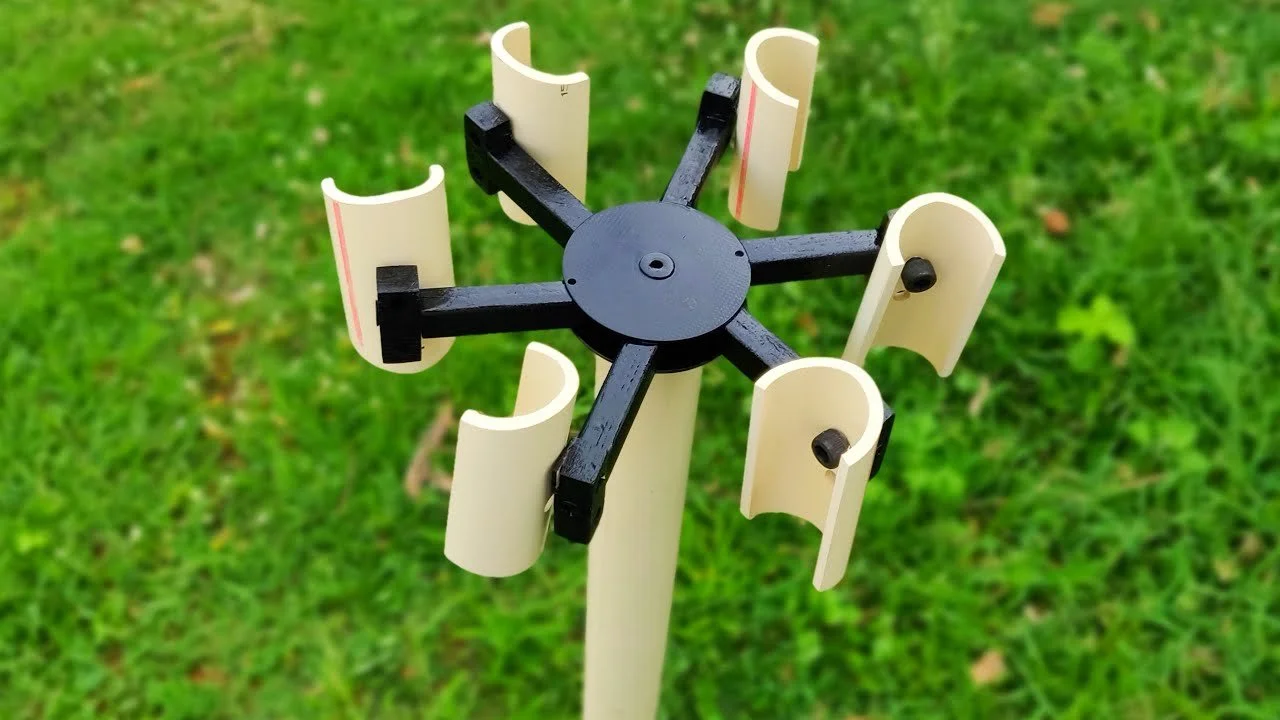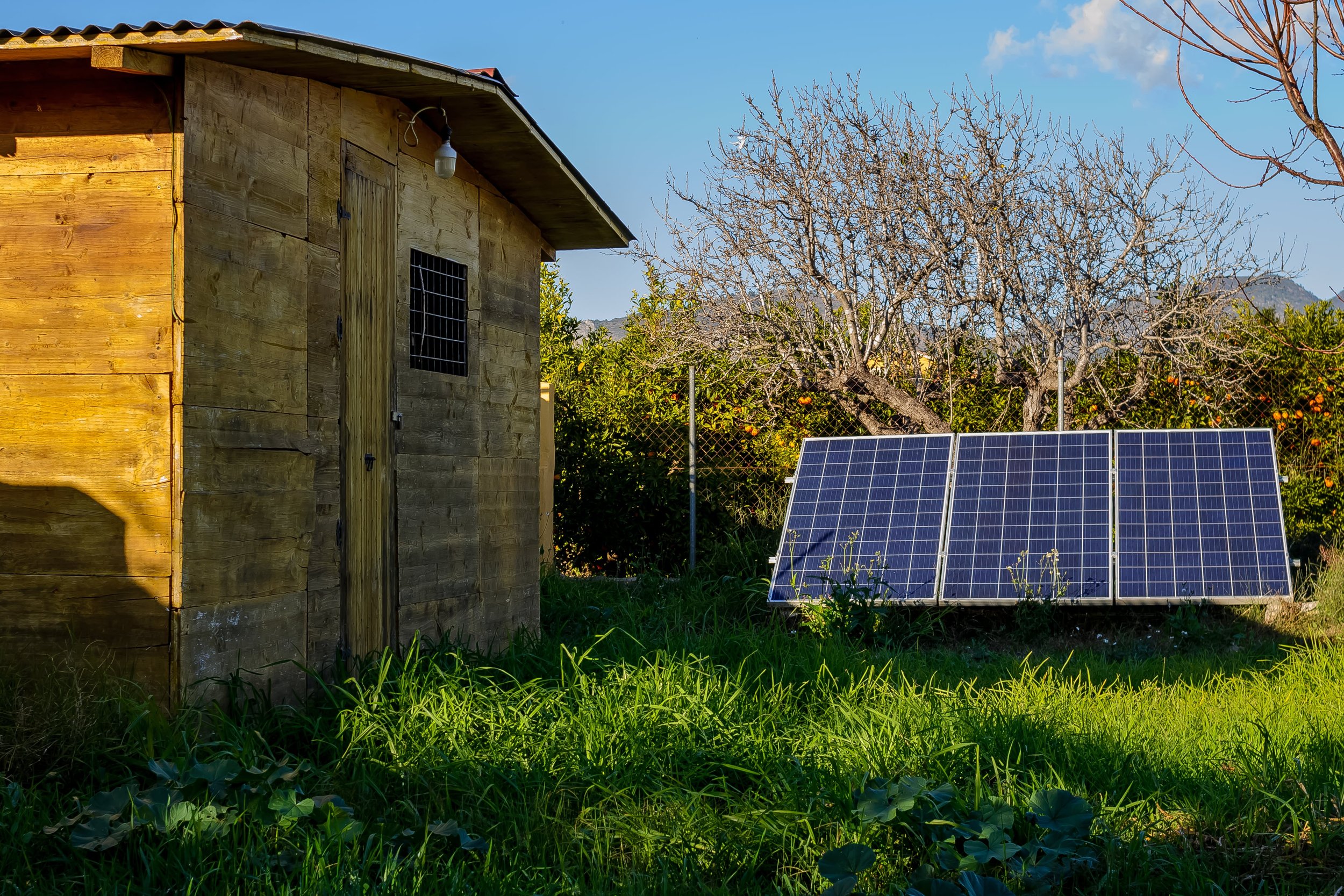Wind Turbine Generator
Discover > Off Grid Living > Wind Turbine Generator
For those who live off the grid, relying on conventional power sources might not be a viable option. With the high costs of conventional power, living off the grid is becoming a more practical solution for those who desire a sustainable and self-sufficient lifestyle. One way to power up your homestead is through the use of a wind turbine generator.
In this article, we'll explore the advantages of using a wind turbine generator, how it works, and what to consider before installing one on your property.
Advantages of Using a Wind Turbine Generator
Using a wind turbine generator as a power source has many advantages. It is a clean and renewable source of energy which doesn't produce greenhouse gases or contribute to environmental pollution. Plus, it is relatively low maintenance compared to other energy sources. Additionally, since wind energy is free, there are no recurring costs associated with using this form of energy. Overall, a wind turbine generator can provide energy that is environmentally friendly and inexpensive in the long run.
How it Works
Wind turbine generators operate by capturing wind energy and converting it into mechanical energy through the rotation of large blades that are mounted on top of a tower. The blades then drive a generator, which converts the mechanical energy into electrical energy. The electrical energy generated can either be stored in batteries for later use or fed directly into the power grid for distribution.
Considerations Before Installing a Wind Turbine Generator
Before you decide to install a wind turbine generator, there are a few considerations to keep in mind. Firstly, the location of the turbine is crucial. It should receive consistent wind throughout the year, so it is essential to factor in the average wind speeds in your area. There should be enough space for both the tower and the blades, which should be at least 30 feet above any surrounding obstructions. Also, the cost of installation can be quite high, so you'll need to take that into account when planning to install a wind turbine generator.
The Right Size for Your Homestead
Another essential consideration is the size of the wind turbine generator. The turbines come in a range of sizes, and the right size for your homestead will depend on how much energy you need and your budget. Small wind turbines that produce 100 watts of power might be sufficient for small homesteads, while larger turbines can produce up to tens of thousands of watts. Generally, the cost of a turbine increases with the amount of energy it can produce. So, before deciding on the size of the turbine, factor in your energy needs and budget.
A wind turbine generator can be a great investment for those who are committed to living off the grid or living a more sustainable lifestyle. It provides a clean and renewable source of energy, which saves on recurring power bills. However, it is important to plan and prepare for the installation of a wind turbine generator, including researching your area's wind speeds and choosing the right size generator for your homestead. With the right planning and installation, a wind turbine generator can provide reliable and inexpensive energy for years to come.
How to Build a Wind Turbine for the Home
Are you tired of relying solely on traditional sources of energy? Building a wind turbine for your home is easier than you may think. It’s a great way to become more self-sufficient and off the grid. Not only will you save money on your energy bill, but you’ll be contributing to a more sustainable future. Here we’ll detail the steps you need to take to build a wind turbine for your home.
Step 1: Choose a Location
The first step is to choose where you’ll build your wind turbine. Ideally, you want a location with steady winds that will provide a consistent source of energy. A high viewpoint, such as the top of a hill or an elevated platform, is also advantageous. You’ll also need enough space for your turbine and to safely build it.
Step 2: Build the Tower
Once you’ve chosen your location, it’s time to build your tower. You can purchase a prefabricated tower or build one yourself. DIY options include using PVC pipe or building a wooden pole tower. No matter which option you choose, it’s essential to ensure your tower is sturdy and able to withstand strong winds.
Step 3: Install the Turbine
Now that your tower is in place, it’s time to install your turbine. You can either purchase a prefabricated turbine or build one yourself. Popular options for DIY turbines include the Savonius rotor and the HAWT (horizontal axis wind turbine). Make sure to follow all safety precautions and manufacturer guidelines during installation.
Step 4: Connect to the Grid
The final step is to connect your turbine to the grid. This can be done either through a micro inverter or direct connection. It’s important to check with your local electric company to make sure you’re operating within their guidelines and regulations. You may also need to hire a professional electrician to install an appropriate meter and complete any necessary upgrades.
Building a wind turbine for your home is an excellent investment that can save you money and contribute to a more sustainable future. Take the time to choose the right location, build a sturdy tower, install the turbine safely, and connect it to the grid as required. With some dedication and effort, you can be well on your way to energy self-sufficiency.
Other Renewable Energy Sources for Off Grid Living
Living off the grid is a major lifestyle change that requires self-sufficiency and independence. One crucial aspect of achieving this lifestyle is harnessing renewable energy sources. Solar power is a popular choice, but there are other viable renewable sources that you can take advantage of. Here are some of the other renewable energy sources that you can consider for your off-grid living or homesteading needs.
Hydro energy – If you have access to running water such as a stream or river, you can harness hydro energy. Hydroelectricity works by converting the kinetic energy of moving water into electrical energy. Depending on the location and water flow, one can install a micro-hydroelectric system at home to generate energy. These systems could produce enough electricity to power a small property.
Geothermal energy – Geothermal energy is an excellent renewable energy source for heating and cooling. Heat pumps use the earth’s natural stable temperature to cool or heat a room or property. They transfer the heat from the ground to the home during winter and away from the home during summers. Even though the installation of a geothermal heat pump system is expensive, it is a long-term investment in energy efficiency.
Biomass energy – Another renewable energy source comes from biomass. Biomass energy is produced through the use of organic materials, such as wood chips, agricultural waste, and other biological materials. Biomass energy can be used to produce electricity, heat, and other energy products. Many homeowners use wood stoves or pellet stoves to generate heat for their homes, which is considered a form of biomass energy.
Biogas – Biogas is a renewable energy source that comes from the anaerobic digestion of organic matter such as livestock manure, food waste, and sewage. Biogas is an excellent home energy source and can be used for cooking, heating, and lighting. Biogas is created by breaking down organic matter in an anaerobic environment like a digester, which then produces a methane-rich gas. It's important to note that biogas systems can be costly and require extensive maintenance, but the long-term benefits of using renewable energy are worth it.
Conclusion
In conclusion, wind turbine generators provide a sustainable and eco-friendly way to power up your homestead. Their many advantages, including being low maintenance, inexpensive in the long run, and environmentally friendly make them an attractive option for those who want to live off the grid. However, before investing in a wind turbine generator, consider the location, size, and budget needs for your homestead. Proper planning and research will ensure a dependable and cost-effective energy source for your home.
#residential wind turbines #wind power #home wind turbines #average wind speed #residential wind turbine #small wind turbine #home wind turbine #wind systems #wind system #energy grid





